De-Fibrillator Training at Chorley 22nd January 2014 |
|
| There was a great air of expectancy as we set out around 60 chairs at Chorley Masonic Hall for the second de-fib training session. We didn't know if we would fill all the chairs, as 7pm was approaching. In the end we had 75 people there, all keen to learn about this life-saving little box. The first session at Cleveleys was very well documented on this site by Bob Boal, and I urge you to read that article for more of the technical detail, which will necessarily remain the same for each demonstration. | |
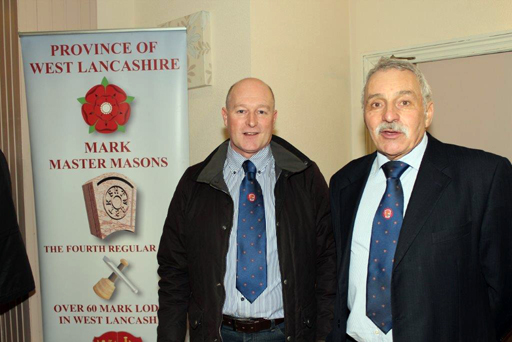 |
|
Peter Allen, Group Secretary, the newest Mark man in the room, with Michael Clarke, AsstPGM
|
|
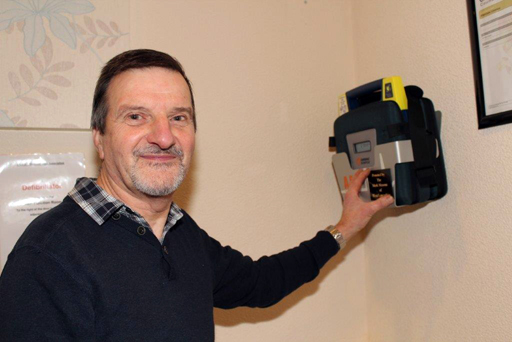 |
|
Geoff Catterall shows off the life-saver |
|
| I will however relate a few of the key facts here, which having seen the demonstration twice now, have really hit home with me, and I hope they will stay with you as well, and encourage you to go to one of the other training sessions if at all possible - see this site for more details. | |
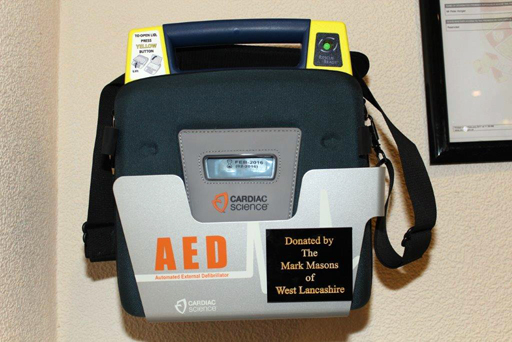 |
|
Life-saving technology, and so easy to use ! |
|
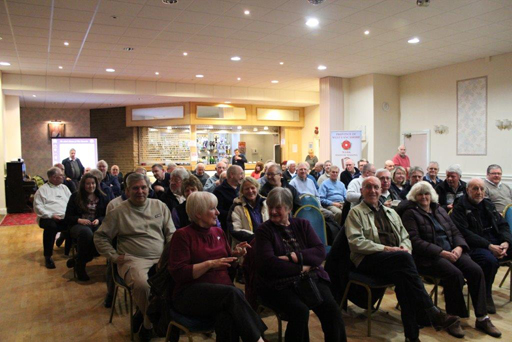 |
|
75 people get the confidence to use the de-fib |
|
| The first thing is that these machines are so easy to use! Lives have been saved by people just using them, without ANY training. After this session, I would really feel good about trying to save a life, and so will you if you attend a session. | |
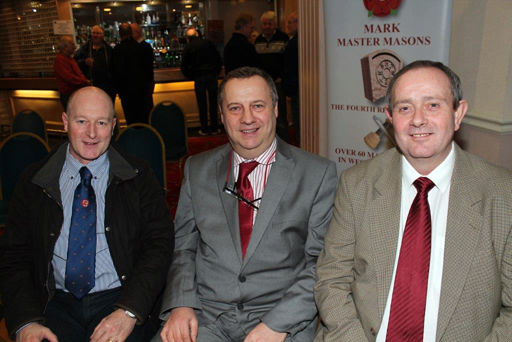 |
|
Peter Allen, Group Sec, Peter Lockett, Chairman and Tony Hall VC |
|
| This session covered quite a few areas which the machine will talk you through - yes, it talks you through the whole process.... and I hope to put the PowerPoint presentation on this website as a reminder for those who attended. Basically the points were covered by Doctor's ABCD or DABCD - easy to remember, and covers :- | |
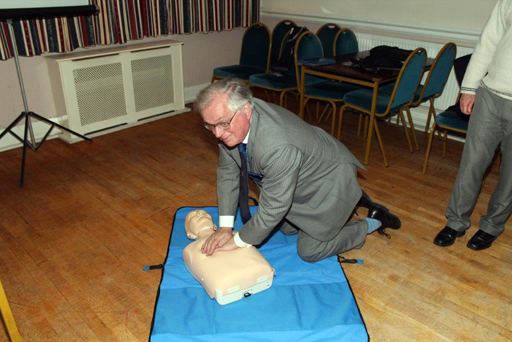 |
|
Peter Connolly giving the secret handshake |
|
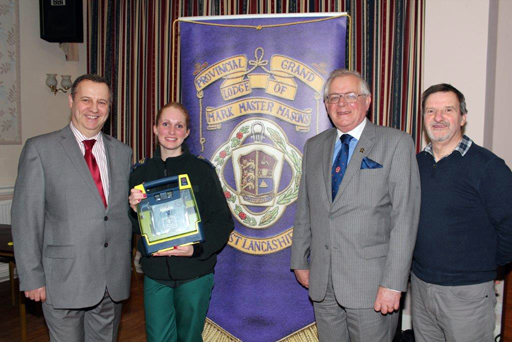 |
|
The proud new purchase |
|
| Danger - check there is no danger, or you may become a casualty as well | |
| Alert - shout and shake to assess consciousness? (Please don't de-fib a brother on the back row during one of my speeches - he will just be asleep!) | |
| Breathing - are they breathing regularly and normally? Clear the airway | |
| CPR - chest compressions save lives - strong pushes on chest bone at 120/min, 30 compressions, then 2 breaths into their mouth, if you are able. | |
| De-fib - Open the machine, and it will instruct you through the process. It will not administer a shock to someone who does not need it, and is fully automatic once you place the pads. | |
| Remember to always try to get help from the start - while you are assessing the patient, send someone for the 999 call, and state you have an unconscious patient which will bring the quickest ambulance response. The dispatcher will also advise actions to take, and will advise where the nearest de-fib machine is located. | |
| I have deliberately not referred to any notes whilst jotting these points down, and kept it really simple, which shows how effective the training really is - but please refer to the presentation when I get hold of it from the NHS, if you can't attend a session. | |
| These wonderful little life-savers will be on a public register, available to the 999 service, who can direct anyone to our de-fibrillators, when the hall is open. In this way, we are also helping our local community. | |
| Pre-hospital survival rates in the UK are 2-5% without help. | |
With early CPR and a de-fib available, this increases to 75%! |
|
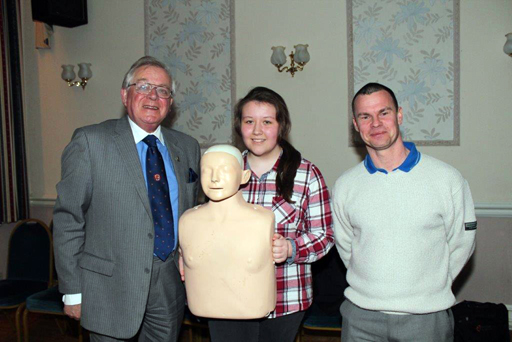 |
|
The dummy arises ! This machine is good ! |
|
The PGM Peter Connolly thanked each and every Mark Mason for contributing to the Mark Charities in West Lancashire, and for making this sensational machine available to 21 locations in West Lancashire Masonic Halls. He also thanked Michael Clarke, AsstPGM, Paul Snape Special Representative, and Geoff Catterall for their kind assistance. |
|
Words and pictures by Giles Berkley (can you tell I'm sold on this?) |
|
